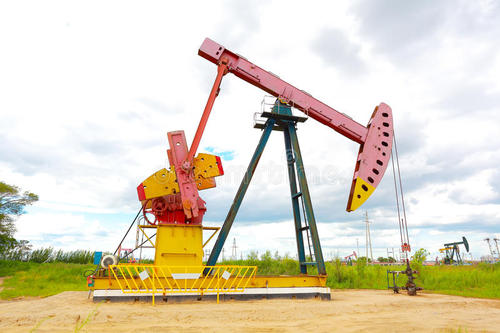Article Archive
Article Archive
- Introduction of Cement Slurry System (Part 1)
- Introduction of Cement Slurry System (Part 2)
- Introduction of Cement Slurry System (Part 3)
- Introduction of Cement Slurry System (Part 4)
- High Temperature and High Pressure Cementing Technology
- Low Density Cementing Slurry Technology
- Anti Gas Channeling Cementing Technology
- Drag Reducing Agents (DRA) or Drag Reducers (DR)
- Nitrogen Surfactant Compound Huff and Puff Technology
- Oil Washing Technology for Increasing Production
Traditional latex cement still has poor water resistance. The reason may be that polymer dispersion is suspended in water by 0.05~0.5 m polymer particles, and polymer particles are hydrophobic. It is because emulsifiers are added to make the emulsion suspension system stable. If the cement stone is immersed in water for a long time, the residual emulsifier in the cement stone will slowly have hydrophilic and surface active effects when it meets with water, which will lead to the swelling, softening, strength reduction and other adverse consequences of the cement stone.
Latex oil well cement toughening agent is the focus of research at home and abroad, because our work also develops latex suitable for oil well cement toughening as the main content of toughening agent. In view of the disadvantages of latex toughening agents in such aspects as high temperature resistance, salt tolerance, shear resistance, water resistance and stability, we consider introducing a monomer which can improve polymerization, high temperature resistance, salt tolerance, shear resistance and stability of emulsion. Nowadays, 2-acrylamide-2-methylpropanesulfonamide (AMPS) is a hot research topic in polymer oil well cement admixtures.
At present, some domestic research institutions have begun to develop this kind of latex toughening agent, but due to the limitations of many factors and the immature technology, the application of this kind of admixture is not wide enough. Traditional latex additives as additives in oil well cement will cause excessive foaming of cement slurry and the addition of defoamer. The softening of cement paste and the decrease of strength will be due to the addition of emulsifiers in the process of traditional latex synthesis. At present, there is a polymerization method that can be used to synthesize latex without adding emulsifier. Soap free emulsion polymerization can solve this problem very well.




